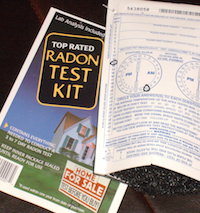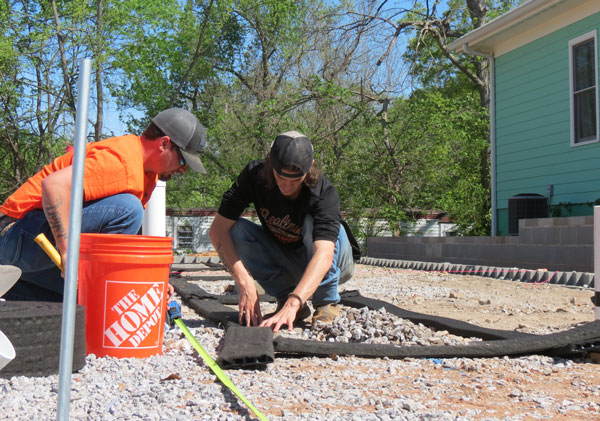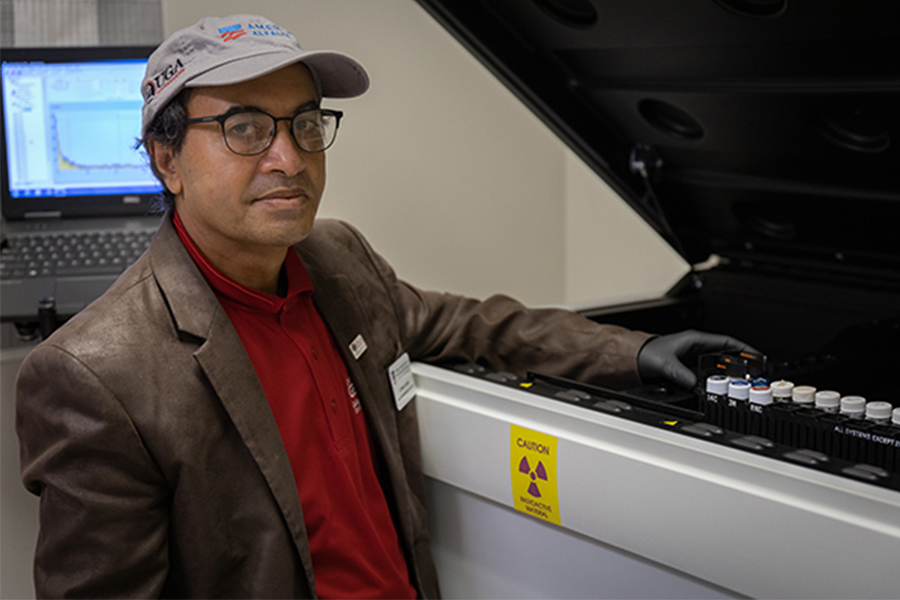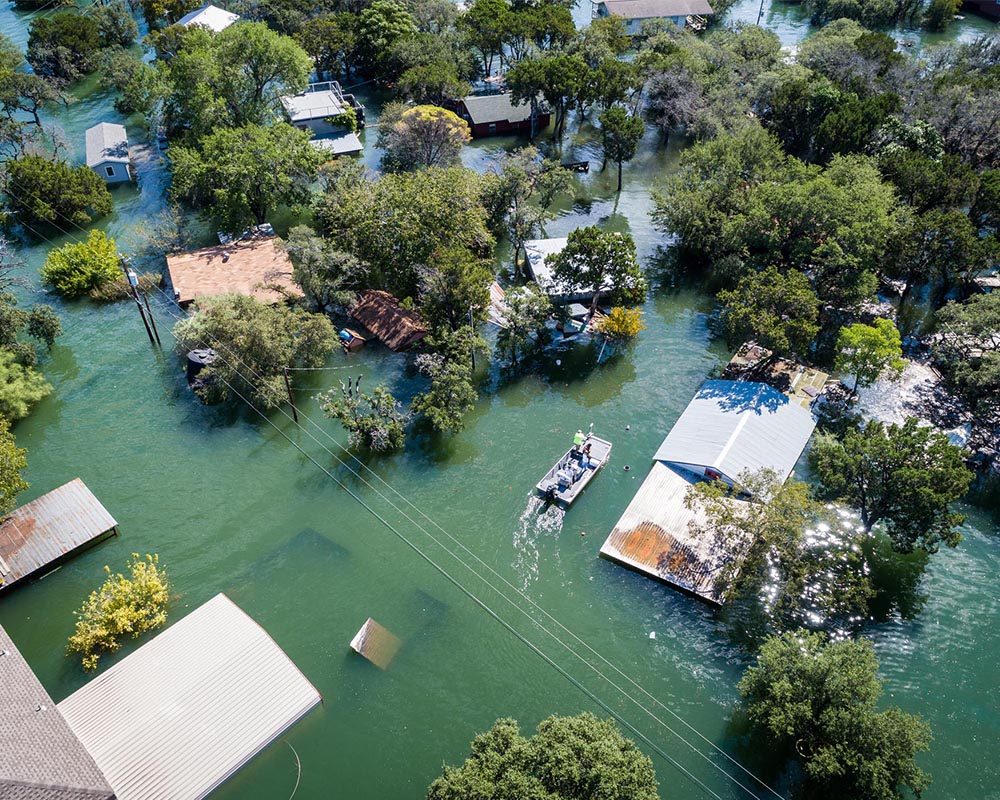Radon is a deadly gas that may be lurking in your home. It’s the second leading cause of lung cancer behind smoking — the leading cause of lung cancer among nonsmokers. Each year approximately 21,000 deaths occur in the U.S. because of radon.
January is National Radon Action Month and University of Georgia Cooperative Extension urges homeowners to take action and test their home. Delaying testing can cause you and your loved ones to continue to breathe dangerous levels of radon.
Radon is invisible, tasteless and odorless, and the effects of exposure to radon take a long time to detect. Because of this, radon is often overlooked. Breathing high levels of radon over time can cause lung cancer.
Radon is a naturally occurring gas that comes from the decay of uranium found in most rocks and soil. It enters your home through cracks in the foundation, the exposed soil in basements and crawlspaces, and well water. According to the Environmental Protection Agency, about one in 15 homes in the U.S. has a high radon level (over 4.0 picocuries, units of radioactivity, per liter).
A carbon monoxide (CO) detector will not detect high levels of radon. It only detects the presence of carbon monoxide. The only way to know if your home has a high level of radon is to test for radon.
This is an easy do-it-yourself project. Radon test kits are available from several sources, including local retailers, some county Extension offices and by ordering online from UGA Extension (www.UGAradon.org). Kits purchased online cost $13 and include the kit, shipping, lab analysis and results.
If the radon level in your home is high, a radon reduction system can be installed. A radon reduction (or radon mitigation) system reduces high levels of indoor radon to acceptable levels. The system most frequently used is a vent pipe system and fan that pulls radon from beneath the house and vents it to the outside.
Radon exposure from drinking water is primarily a concern in private wells. In Georgia, wells drilled into granitic crystalline rock aquifers, usually in the northern part of the state, are at risk of naturally occurring radon contamination. This is where the uranium that decays to radon can be found at higher levels.
If you don’t know whether there is radon in your well water, have the water tested. The UGA Agricultural and Environmental Services Laboratories in Athens, Georgia, test water samples for the presence of radon. To get a water testing kit, contact your local UGA Extension office or call 1-800-ASK-UGA1.
For more information on radon, visit www.ugaradon.org.


.png)


.png)

